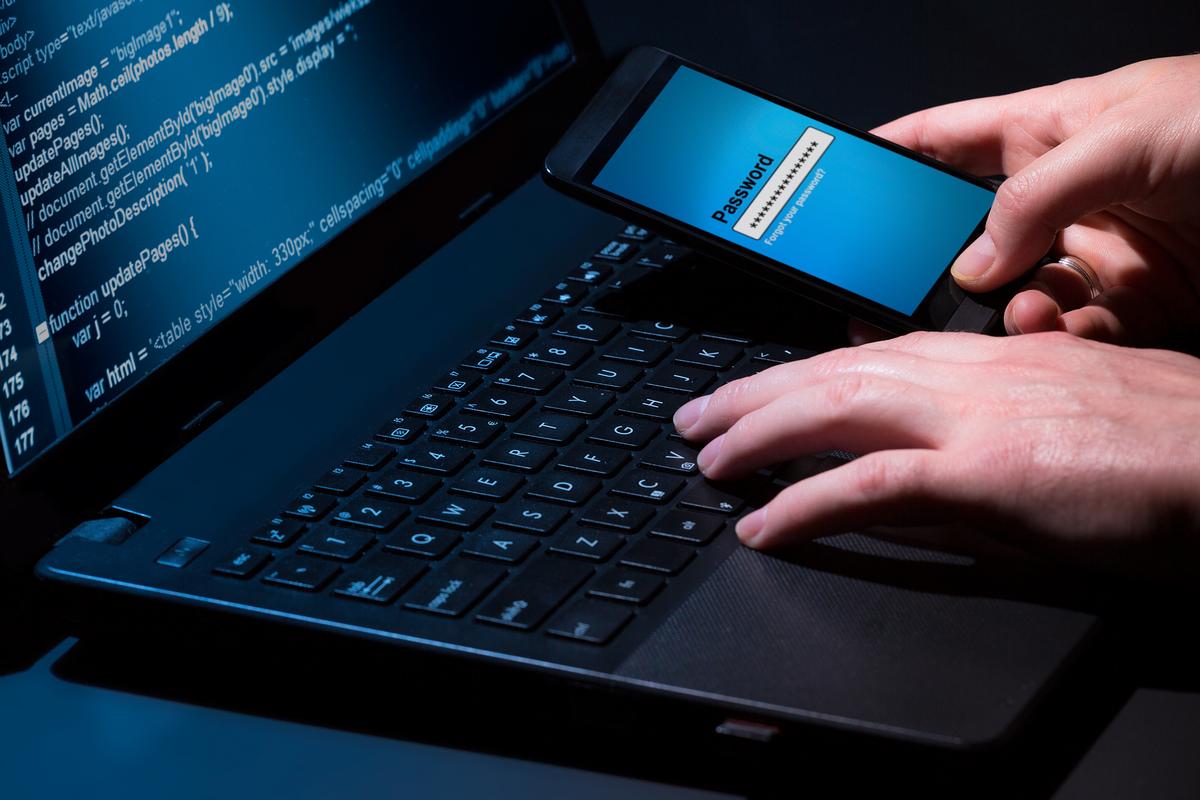The Power of Multi-Factor Authentication
August 1st, 2025 by admin

One of the most effective tools in your cybersecurity arsenal is Multi-Factor Authentication (MFA). This powerful security measure adds layers of protection to your accounts, making it significantly harder for cybercriminals to breach your defenses. Let's dive into the world of MFA and discover why it's an essential component of modern cybersecurity strategies.
What is Multi-Factor Authentication?
Multi-Factor Authentication, also known as Two-Factor Authentication (2FA) or Two-Step Verification, is a security process that requires users to provide two or more different forms of identification before granting access to an account or system. These factors typically fall into three categories:
- Something you know (e.g., password, PIN)
- Something you have (e.g., smartphone, security token)
- Something you are (e.g., fingerprint, facial recognition)
By combining multiple factors, MFA creates a much more robust security barrier than a simple password alone.
The Importance of MFA in Today's Digital Landscape
As cyber-attacks become increasingly sophisticated, relying solely on passwords is no longer sufficient. Passwords can be guessed, stolen, or cracked through various methods, leaving your accounts vulnerable. MFA addresses this vulnerability by adding extra layers of security that are much harder for attackers to overcome.
Consider this: even if a hacker manages to obtain your password, they would still need access to your second factor (like your smartphone) to gain entry to your account. This additional hurdle significantly reduces the risk of unauthorized access and data breaches.
Common Types of MFA Methods
There are several ways to implement MFA, each with its own strengths and use cases:
- SMS Text Messages: A one-time code is sent to your phone via text message.
- Authenticator Apps: Apps like Google Authenticator or Microsoft Authenticator generate time-based codes.
- Hardware Tokens: Physical devices that generate codes or require a button press to authenticate.
- Biometrics: Fingerprint scans, facial recognition, or voice recognition.
- Push Notifications: Alerts sent to a registered device for approval.
- Email: One-time codes or links sent to a registered email address.
The Benefits of Implementing MFA
Adopting MFA offers numerous advantages for both individuals and organizations:
1. Enhanced Security
MFA dramatically reduces the risk of unauthorized access, even if passwords are compromised. It's estimated that MFA can prevent up to 99.9% of automated attacks.
2. Regulatory Compliance
Many industries require MFA as part of their compliance standards, such as HIPAA in healthcare and PCI DSS in financial services.
3. User-Friendly Options
With various MFA methods available, users can choose the option that best suits their preferences and needs.
4. Adaptability
MFA can be implemented across various systems and applications, from email services to cloud platforms.
5. Cost-Effective Protection
Compared to the potential costs of a data breach, implementing MFA is a relatively inexpensive security measure.
Overcoming MFA Challenges
While MFA offers substantial benefits, it's not without its challenges. Some common concerns include:
User Resistance: Some users may find MFA inconvenient or time-consuming. Education about the importance of security and choosing user-friendly MFA methods can help overcome this resistance.
Implementation Complexity: For organizations, rolling out MFA across all systems can be complex. Working with experienced IT professionals can streamline this process.
Recovery Procedures: If a user loses access to their second factor (e.g., a lost phone), there need to be secure recovery options in place.
Best Practices for MFA Implementation
To maximize the effectiveness of MFA, consider these best practices:
- Use MFA for all critical accounts and systems.
- Educate users about the importance of MFA and how to use it properly.
- Regularly review and update your MFA policies and methods.
- Implement risk-based authentication, which adjusts security requirements based on contextual factors.
- Have a clear process for lost device scenarios and account recovery.
- Consider using a mix of MFA methods for different systems based on their sensitivity.
The Future of Authentication
As technology evolves, so too will authentication methods. We're already seeing advancements in biometric authentication, behavioral analysis, and even AI-driven adaptive authentication systems. These developments promise to make security both stronger and more user-friendly in the coming years.
Embracing MFA for a Secure Digital Future
Multi-Factor Authentication stands out as a powerful, accessible, and effective tool for protecting our digital lives. By adding extra layers of security beyond the traditional password, MFA significantly reduces the risk of unauthorized access and data breaches.
Whether you're an individual looking to secure your personal accounts or a business aiming to protect sensitive data, implementing MFA is a crucial step towards robust cybersecurity. As cyber threats continue to evolve, MFA will play an increasingly important role in safeguarding our digital assets.
At ATS Communications, we're committed to helping our clients navigate the complex world of cybersecurity. Our team of experts can guide you through the process of implementing MFA and other critical security measures, ensuring that your digital fortress remains impenetrable. Don't wait for a security breach to happen – fortify your defenses with Multi-Factor Authentication today.
Posted in: Solutions

